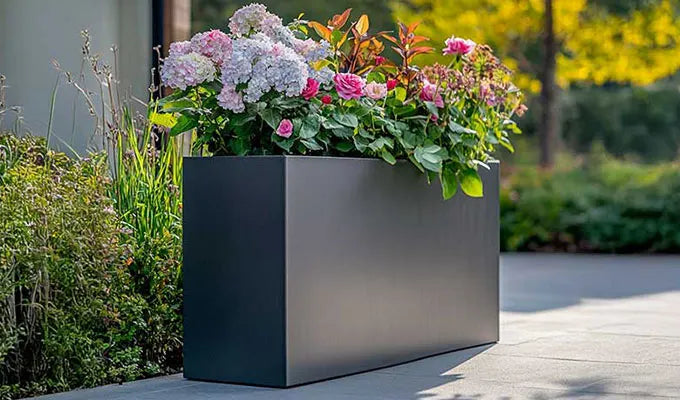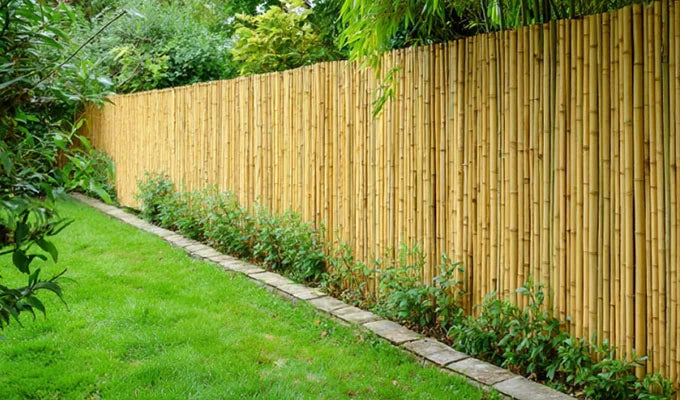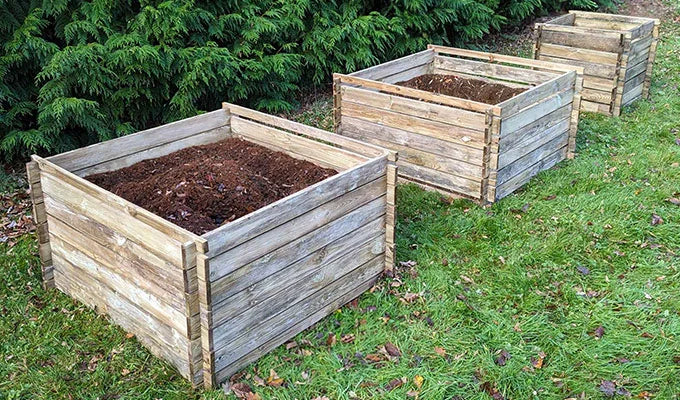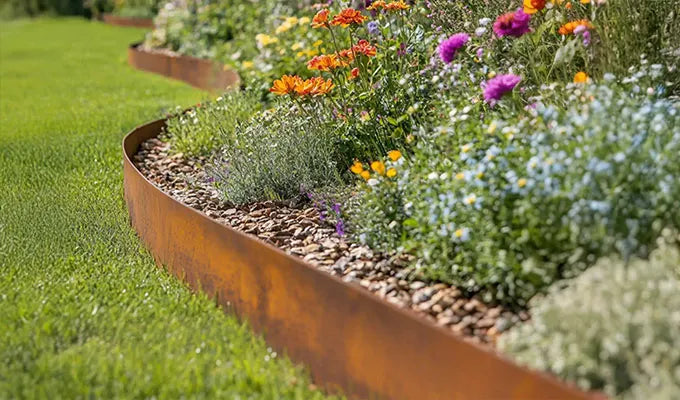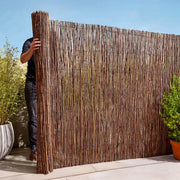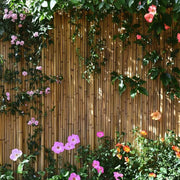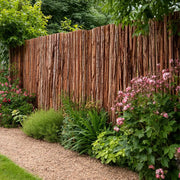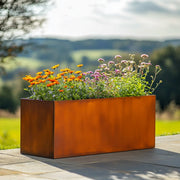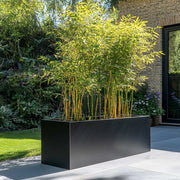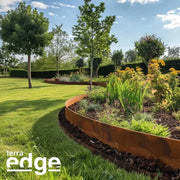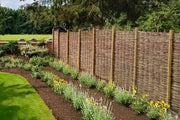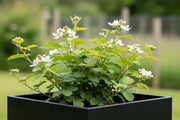The Benefits of Raised Beds
Raised beds have become an increasingly popular choice for home gardeners—and for good reason. Whether you're working with a large backyard or a compact patio, raised beds offer a flexible and efficient way to grow flowers, vegetables, herbs, or even ornamental grasses. Compared to traditional in-ground gardening, raised beds provide a wide range of practical and aesthetic benefits, making them ideal for both beginners and seasoned green thumbs.
Better Soil, Better Growth
One of the most significant advantages of raised beds is the ability to control your soil quality. Instead of relying on the native soil, which may be clay-heavy, sandy, or nutrient-depleted, you can fill your beds with a custom mix that suits the needs of your plants. This makes it much easier to maintain consistent pH levels, moisture, and drainage. For vegetables in particular, this can translate into faster growth, higher yields, and better-tasting produce.
Because raised beds are elevated, they also tend to warm up earlier in the spring and stay productive later into the autumn. This extended growing season means you can get a head start on planting and enjoy fresh homegrown food for longer periods throughout the year.
Easier Maintenance and Fewer Weeds
Another reason gardeners love raised beds is the ease of maintenance. The elevation makes planting, watering, and harvesting less physically demanding, especially for those with mobility challenges or back problems. You won’t have to bend over as much, which is a huge plus for long gardening sessions.
Raised beds also help control weeds. When properly filled with clean, weed-free soil and compost, there’s less chance of invasive weeds taking root. And if they do appear, they’re easier to spot and remove. Additionally, the barriers created by raised beds can deter common pests like slugs and snails, especially if you line the base or edges with copper tape or mesh.
Improved Drainage and Reduced Soil Compaction
Drainage is another area where raised beds shine. Because they sit above ground level, excess water can drain away more effectively, reducing the risk of root rot or soggy soil. This is especially helpful in regions with heavy rainfall or poorly draining native soil.
Moreover, since you won’t be stepping on the soil within the beds, there’s minimal compaction—keeping the structure light and airy, which roots love. Healthy root systems mean stronger plants and better nutrient uptake.
Design Flexibility and Garden Appeal
From a design perspective, raised beds offer a neat, organized look that can transform even a small outdoor space into a vibrant, productive garden. They can be built from various materials such as timber, metal, or composite, and are available in a range of shapes and sizes to suit your space.
Whether you're creating a kitchen garden outside your back door or building a series of beds for companion planting, raised beds provide structure and visual appeal. They can also be used to create height variation, divide spaces, or edge pathways.
Final Thoughts
Raised beds are more than just a gardening trend—they’re a practical, long-lasting solution that can improve both your growing success and enjoyment of the process. Whether you’re growing tomatoes, lavender, or leafy greens, investing in raised beds could be one of the best decisions you make for your garden this season.

